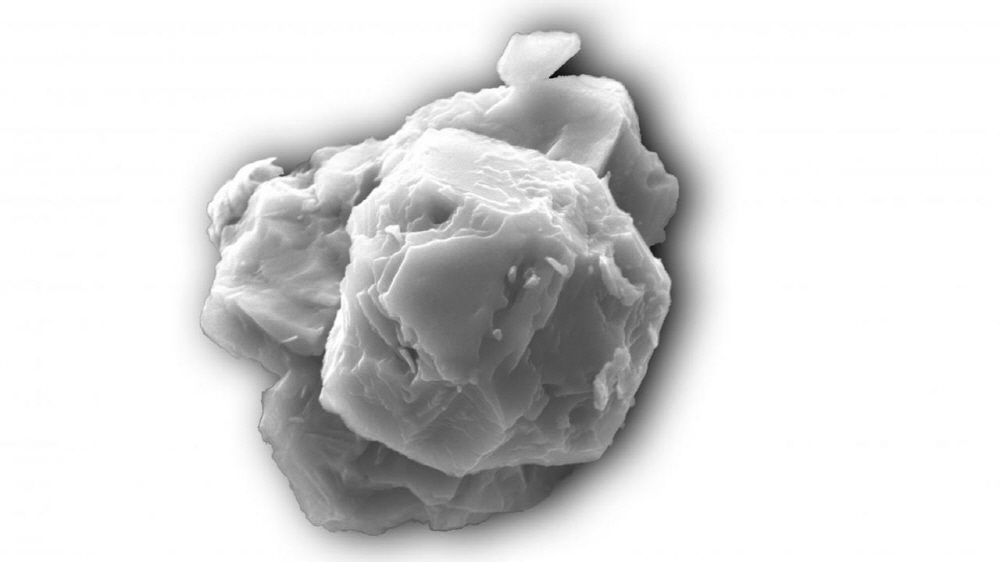
Meteorites 50 years ago began telling the primitive history of the solar system. It is said that a meteorite that fell in a small village in Victoria, Australia in 1969, 50 years ago, contained particles 7 billion years ago. If it was 7 billion years ago, it was 2.5 billion years before the earth was born. It is impressive to be a particle that existed in space before Earth existed, but the technology that made it possible to know it is also amazing. The discovery of particles also allows us to glimpse the state of the galaxy before the solar system existed.
In a new paper published in the National Academy of Sciences Newsletter PNAS, the 40 old particles contained in the Murchison meteorite 50 years ago were divided into different age groups, the new ones 5 billion years ago and the old ones 7 billion years ago.
These particles, originally cosmic dust, can now be thought of as the oldest solids on Earth. Since the Earth was formed 4.5 billion years ago, the 5 to 7 billion years ago that came later is the oldest existence and can be done.
This discovery is meaningful in that it provides evidence of pre-solar conditions. In fact, these particles are already an unprecedented source of information and show that there were billions of years of a galactic star baby boom. The research team also revealed that it is the most interesting research ever conducted.
Cosmic dust flies into space in the wind of stars born from stars. These tiny dusts eventually stick together and become new stars or planets and moon meteorites. These particles are very rare on Earth and are only found in 5% of meteorites. Moreover, it is very small. According to the University of Chicago press release, the biggest problem is that even if there are 100, the size is about the size of a period at the end of a sentence. Strictly speaking, it is about the size of 8 micrometers red blood cells.
One expert explains that cosmic dust older than our Sun is called pre-solar particles, some of which form at the same time as the solar system and reach celestial bodies. It is known that they exist in primitive meteorites, but how old they are and whether they were born during the first star formation prior to the formation of the solar system is unknown. There was no reliable way to date prior solar particles.
The key to this study is that the Martinson meteorite had a lot of pre-solar particles, and a new method of estimating the age was devised. The first step is to separate the particles. Initially, the meteorite fragments are crushed into powder and the material is dissolved in an acid, leaving pre-solar particles. To date the particle, the team measured the extent to which the particle was exposed to spacecraft. Spacecraft penetrate solids into high-energy radiation in space. When exposed to spacecraft for a long time, the age of particles is estimated by examining the amount of elements as new elements accumulate in the material.
As a result, the pre-solar particles were very old and these ions were absorbing significant cosmic rays. Although it was estimated to be 46 to 4.9 billion years ago, some were estimated to be 5.6 billion years ago, and the oldest particle group was 7 billion years ago. The cosmic dust contained in the Murchison meteorite was diagnosed prior to the formation of the solar system and the sun.
Interestingly, these results show that in the galaxy, star formation did not proceed at a constant rate. The fact that there were a lot of particles 46 to 4.9 billion years ago means that these particles were formed in our galaxy at the time of the star baby boom. Also, in this study, it was found that pre-solar particles are moving through space. As we continue to look at old meteorites in this new way, we may learn more about how our solar system and galaxies formed. Related information can be found here .


















Add comment